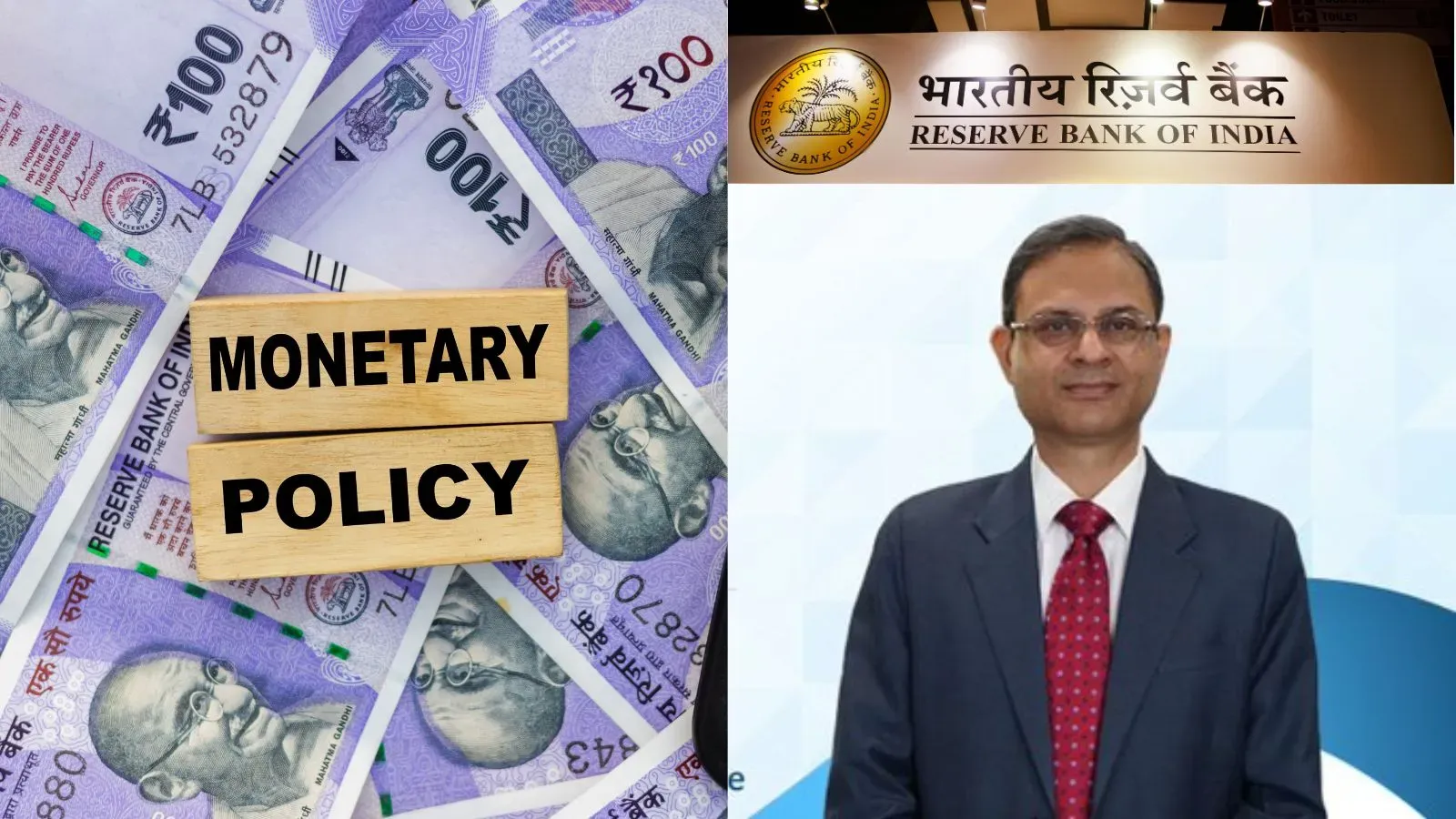Business News
India’s anti-obesity market heats up: A ₹25,000 crore market beckons

5 min read | Updated on August 19, 2025, 14:30 IST
SUMMARY
India's anti-obesity drug market is ready to explode from ₹3,500 crore to ₹25,000 crore by 2030. Global pharmaceutical players like Novo Nordisk and Eli Lilly are competing with their GLP-1 drugs, but their high prices are a barrier. The real battle will begin in 2026 when Indian generic drugmakers enter, promising more affordable options.
Stock list

As per the National Family Health Survey, overall, 24% of Indian women and 23% of Indian men are overweight or obese
India’s escalating obesity crisis has become a cause for concern in the last few years. Obesity affects people across all age groups and increases the risk of non-communicable diseases such as diabetes, heart disease, and hypertension. Shedding weight is also not an easy task which is leading people to adopt lifestyle changes, weight loss surgeries and now even anti-obesity drugs.
The Indian market is poised to become a battleground for global pharmaceutical companies selling anti-obesity drugs.
Just how obese are we?
As per the National Family Health Survey (2019-21), overall, 24% of Indian women and 23% of Indian men are overweight or obese. What’s more, there has also been an increase in the percentage of children under 5 years who are overweight from 2.1 percent in 2015-16 to 3.4 percent in 2019-21 at all-India level.
Obesity, no longer just a lifestyle issue
Of late, there has been a shift in approach to treating obesity. From being treated as a lifestyle issue it is now being looked upon as a chronic disease. India's market for anti-obesity drugs is a rapidly growing one, with several key medications either newly launched or set to become more widely available.
The current landscape is dominated by a class of drugs known as GLP-1 (glucagon-like peptide-1) receptor agonists, which were originally developed for type 2 diabetes but have shown to be effective for weight loss.
Some major anti-obesity drugs have recently been made available in the country and several others are in queue, awaiting approvals.
The anti-obesity market
The Indian market is seeing explosive growth. he market, which was valued at around ₹3,000–₹3,500 crore in 2024, is projected to grow to ₹25,000 crore by 2030 as per the IMARC Group, a global market research and consulting firm.
The key drugs entering the market were originally developed to treat Type 2 diabetes. Their significant weight-loss side effects have led to their approval and marketing specifically for chronic weight management.
The market is now a direct competition between a few major global players, all trying to establish a foothold before local generic versions become available.
The current market is dominated by a class of drugs known as GLP-1 (glucagon-like peptide-1) receptor agonists, which work by suppressing appetite and slowing gastric emptying.
The main contenders
The market is currently dominated by two major global pharmaceutical companies, with a number of Indian players waiting in the wings.
Novo Nordisk (Denmark)
Novo Nordisk is the market leader in the GLP-1 space. The company's flagship anti-obesity drug, Wegovy, was launched in India in mid-2025. It is a once-weekly injectable therapy specifically approved for chronic weight management. Ozempic, while not officially launched in India for weight loss, has the same active ingredient as Wegovy but in lower doses. It is used for Type 2 diabetes. Its use for weight loss, often through off-label prescription or unofficial channels, has been a significant part of the market prior to Wegovy's official launch.
The company has been successful with its oral semaglutide drug Rybelsus, which has been in the Indian market since 2022. This has helped Novo Nordisk build a strong prescriber base, which is expected to help the reception of Wegovy.
Eli Lilly (USA)
The primary competitor to Novo Nordisk is America’s Eli Lilly. Mounjaro, launched in India in March 2025, is a once-weekly injectable therapy that is unique because it targets both GLP-1 and GIP (glucose-dependent insulinotropic polypeptide) receptors. This dual-action mechanism offers a differentiated approach to treating Type 2 diabetes and obesity. The company also recently received approval for a multi-dose, pre-filled pen format, making it a stronger competitor to Novo Nordisk's offerings.
Indian generic drugmakers are gearing up for a major market entry.
The key molecule, semaglutide, will go off-patent in India in early 2026. This is expected to open the market for cheaper, generic versions of Wegovy. Companies like Dr. Reddy's Laboratories, Sun Pharma, Cipla, Biocon, and Lupin are all busy developing their own generic versions and are expected to launch them as soon as the patent expires. Dr. Reddy's, for instance, has announced plans to launch its generic semaglutide in several countries, including India, next year.
The entry of these Indian players is expected to lead to an immediate price reduction. This would significantly boost affordability and expand the market beyond urban India.
The entry of these anti-obesity drugs in India is being received with enthusiasm but also caution. There is a high level of public interest in these drugs, fueled by their success stories in the West and a growing health consciousness among India's middle and upper-middle classes.
But the biggest hurdle for these new treatments is their high price. While a segment of the population can afford them, it remains far beyond the reach of the average Indian family. The vast majority of the population awaits the arrival of more affordable generic alternatives. There is also a level of caution from medical experts against the misuse of these drugs. They state that these are not "cosmetic" solutions and should only be used by individuals who are clinically obese or overweight with co-morbidities._
By signing up you agree to Upstox’s Terms & Conditions
About The Author
Next Story

